

Articles
What Is Cha Fan
Modified: February 20, 2024
Discover the best articles about cha fan and learn all about this delicious Asian dish. From recipes to cultural significance, explore the world of cha fan articles.
(Many of the links in this article redirect to a specific reviewed product. Your purchase of these products through affiliate links helps to generate commission for Storables.com, at no extra cost. Learn more)
Introduction
Cha Fan, also known as fried rice, is a popular and flavorful dish that is enjoyed by people around the world. It is a staple in many Asian cuisines and has gained popularity in Western countries as well. This delectable dish is not only delicious, but also versatile, as it can be customized to suit individual preferences and dietary restrictions.
At its core, Cha Fan is a simple dish made by stir-frying cooked rice with a variety of ingredients such as vegetables, meats, seafood, and seasonings. The beauty of Cha Fan lies in its ability to transform leftover rice into a satisfying and flavorful meal. It is a great way to use up ingredients that are sitting in your refrigerator and create a dish that is both nutritious and tasty.
Cha Fan is known for its versatility, allowing you to get creative with the ingredients you choose to add. Whether it’s fresh vegetables, succulent meats, or aromatic spices, you can tailor the dish to your liking. This makes it a perfect option for those who are looking for a quick and easy meal that can be easily adapted to suit their taste preferences.
Over the years, Cha Fan has evolved and adapted to different regional tastes and cooking styles. From the classic Chinese-style Cha Fan with soy sauce and spring onions to the spicy Thai-style Cha Fan with chili and basil, there are endless variations to explore and savor.
In this article, we will delve into the rich history and origins of Cha Fan, explore popular varieties of this dish, discuss different cooking techniques, and highlight its health benefits. So, get ready to embark on a flavorful journey as we unravel the secrets of Cha Fan.
Key Takeaways:
- Cha Fan, or fried rice, is a versatile and flavorful dish with origins in ancient China. It offers endless variations, catering to diverse tastes and dietary preferences, making it a beloved and convenient meal option worldwide.
- Cha Fan not only tantalizes taste buds but also promotes health benefits when prepared with nutritious ingredients and mindful cooking techniques. Its adaptability, reduction of food waste, and ability to provide a balanced meal make it a wholesome and satisfying culinary choice.
Read more: What Is a PWM Fan
Definition of Cha Fan
Cha Fan, more commonly known as fried rice, is a versatile and flavorful dish that is enjoyed worldwide. It is a dish made by stir-frying cooked rice with various ingredients such as vegetables, meats, and seasonings. The key element of Cha Fan is the use of pre-cooked rice that is typically leftover from a previous meal, as it lends a chewy texture and adds depth of flavor.
While there are different variations of fried rice across various cuisines, the basic concept remains the same. It involves frying the rice in a hot wok or pan with oil and other ingredients, such as vegetables, proteins, and a mix of sauces and spices. The ingredients are typically chopped into small, uniform pieces to ensure even cooking and distribution throughout the dish.
The cooking process of Cha Fan requires high heat and constant stirring, ensuring that each grain of rice gets coated with the flavors of the other ingredients. This results in a fragrant, savory, and slightly charred dish with a pleasing mix of textures. The flavors can vary depending on the ingredients used, ranging from mild and aromatic to bold and spicy.
Cha Fan is a versatile dish that can be easily adapted to suit different dietary preferences and restrictions. Various proteins like chicken, beef, shrimp, and tofu can be added to make it a complete and satisfying meal. Vegetables such as carrots, peas, bell peppers, and onions are commonly used, adding both color and nutrition to the dish.
The seasonings and sauces used in Cha Fan play a crucial role in creating its distinct flavor profile. Common seasonings include soy sauce, garlic, ginger, and white pepper, while additional sauces like oyster sauce, fish sauce, or chili sauce can add depth and complexity. The combination of these ingredients creates a harmonious balance of umami, sweetness, saltiness, and heat.
Cha Fan is a popular choice for both home-cooked meals and dining out. It is often served as a main course or as a side dish alongside other Asian dishes. The dish’s simplicity, versatility, and ability to turn leftovers into a flavorful creation make it a beloved and convenient option for people of all ages and backgrounds.
Origins of Cha Fan
The origins of Cha Fan can be traced back to ancient China, where it was believed to have been created during the Sui Dynasty (581-618 AD). It was originally invented as a way to repurpose leftover rice into a tasty and satisfying meal.
During this period, rice was considered a precious commodity, and wasting it was highly discouraged. As a result, people would creatively find ways to use leftover rice, and one such way was to stir-fry it with various ingredients to create Cha Fan.
Over time, Cha Fan spread across different regions of China and evolved with the influence of local ingredients and cooking techniques. Each region developed its own unique version of Cha Fan, resulting in a wide variety of flavors and styles.
With the expansion of trade routes and cultural exchanges, Cha Fan spread beyond China and gained popularity in other parts of Asia. It became a staple in countries like Japan, Thailand, Indonesia, and Malaysia, where it was adapted to incorporate local ingredients and flavors.
In Japan, Cha Fan is known as “Chahan” or “Yakimeshi” and is often made with soy sauce, sesame oil, and ingredients like green onion, diced vegetables, and meat or seafood. The Japanese version typically uses short-grain rice, which gives it a slightly moist and sticky texture.
Thailand has its own twist on Cha Fan known as “Khao Pad.” Thai-style fried rice is usually spicier and includes ingredients like bird’s eye chili, Thai basil, and fish sauce, giving it a unique and vibrant flavor profile.
In Indonesia, Nasi Goreng is a popular variation of Cha Fan. It is commonly made with sambal (a spicy condiment), shrimp paste, kecap manis (sweet soy sauce), and various vegetables and proteins.
Throughout its journey, Cha Fan has become a beloved dish worldwide. It has transcended cultural boundaries, allowing people of different backgrounds to enjoy its delicious flavors and comforting textures.
Today, Cha Fan is not only a part of traditional cuisines but has also been adapted to suit modern tastes. It is readily available in restaurants, street food stalls, and even fast-food chains, showcasing its global appeal and versatility.
Popular Varieties of Cha Fan
Cha Fan, or fried rice, comes in a wide range of delicious varieties that cater to different palates and preferences. From classic Chinese-style Cha Fan to spicy Thai-style versions, here are some popular varieties of this versatile dish:
- Chinese-style Cha Fan: This is the most well-known and widely enjoyed type of Cha Fan. It is typically made with soy sauce, eggs, spring onions, and a mix of vegetables like carrots, peas, and corn. The ingredients are stir-fried together with cooked rice, resulting in a flavorful and satisfying meal.
- Thai-style Cha Fan: Thai-style fried rice, also known as “Khao Pad,” is known for its bold and spicy flavors. It is commonly made with bird’s eye chili, Thai basil, fish sauce, and a combination of vegetables, meats, or seafood. The aromatic herbs and spices give this variety a unique and vibrant taste.
- Japanese-style Cha Fan: In Japan, fried rice is called “Chahan” or “Yakimeshi.” It is typically made with short-grain rice, soy sauce, and a mix of ingredients like green onions, diced vegetables, and proteins such as shrimp, chicken, or pork. The Japanese version often has a slightly moist and sticky texture.
- Indonesian-style Cha Fan: Known as “Nasi Goreng,” Indonesian-style fried rice is famous for its bold flavors. It is typically made with sambal (a spicy condiment), shrimp paste, kecap manis (sweet soy sauce), and a variety of vegetables, meats, or seafood. The result is a spicy and aromatic dish that is loved by many.
- Korean-style Cha Fan: In Korea, fried rice is called “Bokkeumbap.” It is often made with kimchi, a staple ingredient in Korean cuisine, along with other vegetables, meats, or seafood. The usage of gochujang (Korean chili paste) adds a delightful kick of spice and depth of flavor.
These are just a few examples of popular Cha Fan varieties, but there are countless other regional and international variations to explore. You can also experiment with your own combination of ingredients to create a unique and personalized Cha Fan recipe.
Whether you prefer a milder flavor profile or crave the fiery heat of spices, there is a Cha Fan variety to suit every palate. So, embark on a culinary adventure and savor the diverse and tantalizing flavors of Cha Fan around the world.
Cha fan is a Chinese dish made with fried rice, typically mixed with vegetables, eggs, and some type of protein such as chicken, pork, or shrimp. It’s a popular and delicious way to enjoy leftover rice and customize it with your favorite ingredients.
Cooking Techniques for Cha Fan
Cooking Cha Fan, or fried rice, involves a few key techniques to ensure that the dish turns out flavorful and well-cooked. Here are some important cooking techniques to keep in mind:
- Preparation: Start by preparing all the ingredients that will be used in the Cha Fan. This includes chopping vegetables, cutting meat or seafood into small pieces, and whisking together any sauces or seasonings that will be added to the dish.
- Heat the pan: Use a wok or a large non-stick frying pan to cook the Cha Fan. Heat the pan over medium-high heat and add oil, such as vegetable or sesame oil, to coat the bottom. Heating the pan properly ensures that the ingredients will cook quickly and evenly.
- Sauté the aromatics: Start by sautéing aromatics, such as minced garlic, grated ginger, or sliced shallots, in the heated oil. This will release their flavors and add depth to the dish. Stir-fry for a minute or until fragrant.
- Add ingredients in stages: Add the ingredients in stages, starting with the ones that take the longest to cook. For example, begin by stir-frying meat or seafood until they are almost cooked through. Then, add vegetables and continue stir-frying until they are crisp-tender.
- Push ingredients to the side: Push the cooked ingredients to one side of the pan, creating space in the center. Crack eggs into the center and scramble them until they are just cooked. Then, mix them together with the rest of the ingredients in the pan.
- Add rice: Gently break up any clumps of cooked rice and add it to the pan. Use a spatula or wooden spoon to stir-fry the rice, ensuring that it is coated evenly with the flavors and ingredients in the pan. Break up any lumps as you go, making sure each grain of rice is separated.
- Add sauces and seasonings: Pour in your preferred sauces and seasonings, such as soy sauce, oyster sauce, or fish sauce. These will add flavor and provide the characteristic savory taste of Cha Fan. Adjust the amount of sauce according to your taste preference.
- Stir-fry and mix: Continue stir-frying the ingredients over high heat, tossing and mixing them together, until everything is heated through and well-incorporated. Be careful not to overcook the rice or let it become mushy.
- Garnish and serve: Finally, garnish the Cha Fan with fresh herbs, such as chopped spring onions or cilantro, to add a burst of freshness. Serve the Cha Fan hot as a main dish or as a side dish alongside other Asian-inspired creations.
By following these cooking techniques, you can achieve a delicious and perfectly cooked Cha Fan that will impress your family and friends. Remember to be creative with ingredients and adjust the flavors to suit your taste preferences for a truly personalized Cha Fan experience.
Read more: What Is A Shroud Fan
Serving and Pairing Cha Fan
Cha Fan, or fried rice, is a versatile dish that can be enjoyed on its own or paired with other dishes to create a complete and satisfying meal. Here are some tips on serving and pairing Cha Fan:
- Serving as a Main Dish: Cha Fan can be enjoyed as a delicious and filling main dish. Serve it in a bowl or plate, and garnish it with freshly chopped spring onions or cilantro for a pop of color and added freshness. You can also add some extra sauces, such as soy sauce or chili oil, on the side for those who prefer a bolder flavor.
- Pairing with Protein: To make Cha Fan a more substantial meal, consider adding a protein source such as chicken, beef, shrimp, or tofu. These proteins can be stir-fried with the rice or served on top as a flavorful topping. The combination of the savory Cha Fan and tender protein creates a well-rounded and satisfying plate.
- Vegetarian or Vegan Options: Cha Fan can easily be made vegetarian or vegan by omitting the meat and focusing on adding a variety of flavorful vegetables such as carrots, peas, bell peppers, mushrooms, and broccoli. You can also use tofu as a protein alternative. The vibrant colors and textures of the vegetables will add depth and nutrients to the dish.
- Side Dish or Appetizer: Cha Fan can also be served as a side dish or appetizer alongside other Asian dishes. It pairs well with dishes like stir-fried vegetables, sweet and sour chicken, General Tso’s chicken, or orange tofu. The combination of different tastes, textures, and flavors creates a satisfying and complete meal experience.
- Accompaniments: To enhance the Cha Fan experience, consider serving it with some traditional accompaniments. These can include pickled vegetables, kimchi, cucumber slices, sliced chili peppers, or a fried egg on top. These condiments add tanginess, crunch, and extra layers of flavor to complement the Cha Fan.
- Pairing with Beverages: When it comes to beverage pairing, Cha Fan goes well with a variety of options. For a refreshing choice, consider serving it with iced tea, lemonade, or a light lager beer. If you prefer a more adventurous pairing, try it with a fruity cocktail or a chilled glass of white wine.
- Leftovers: Cha Fan is known for its versatility and ability to transform leftovers into a delicious meal. Leftover Cha Fan can be enjoyed as is or repurposed into a new dish. For example, you can stuff the Cha Fan into bell peppers and bake them, or transform it into Cha Fan balls by shaping it into patties, coating with breadcrumbs, and frying until golden and crispy.
With its wide array of serving and pairing options, Cha Fan offers a multitude of possibilities to explore and customize according to your preferences. Whether enjoyed as a main dish or combined with other Asian delicacies, Cha Fan is a crowd-pleasing and versatile dish that never fails to satisfy.
Health Benefits of Cha Fan
Cha Fan, also known as fried rice, can offer several health benefits when prepared with nutritious ingredients and cooking methods. Here are some of the health benefits that Cha Fan can provide:
- Source of Carbohydrates: Cha Fan primarily consists of rice, which serves as a good source of carbohydrates. Carbohydrates are the body’s main source of energy, providing fuel for brain function and physical activities.
- Protein and Nutrient Boost: By adding proteins such as chicken, beef, shrimp, or tofu to your Cha Fan, you can increase the overall protein content of the dish. Protein is essential for muscle repair and growth, as well as for maintaining overall health. Additionally, Cha Fan can be cooked with a wide range of nutrient-rich vegetables and herbs, providing important vitamins, minerals, and antioxidants.
- High Fiber Content: The inclusion of vegetables and whole grains in Cha Fan can significantly boost its fiber content. Fiber promotes healthy digestion, regulates blood sugar levels, and helps maintain a feeling of fullness, which is beneficial for weight management.
- Controlled Sodium Levels: One advantage of preparing Cha Fan at home is the ability to control the amount of sodium in the dish. By reducing the use of soy sauce and other high-sodium condiments, you can enjoy a healthier version of Cha Fan that is lower in sodium, which is important for those with high blood pressure or heart conditions.
- Portion Control: Cha Fan can be a satisfying and filling meal, allowing for portion control. By balancing the amount of rice, protein, and vegetables, you can create a well-rounded plate that supports proper portion sizes and overall calorie intake.
- Adaptability to Dietary Preferences: Cha Fan can be easily adapted to suit diverse dietary preferences and restrictions. Whether you follow a vegetarian, vegan, gluten-free, or dairy-free diet, you can customize the ingredients to meet your specific needs without compromising on taste or enjoyment.
- Reduced Food Waste: One unique benefit of Cha Fan is its ability to make use of leftover rice and other ingredients that may otherwise go to waste. By repurposing leftovers into a delicious and flavorful dish, Cha Fan promotes sustainable cooking practices and helps reduce food waste.
While Cha Fan can be a nutritious and wholesome dish, it is important to be mindful of portion sizes, the quality of ingredients used, and the cooking methods employed. By incorporating fresh, high-quality ingredients and practicing moderation, Cha Fan can be included as part of a balanced and healthy diet.
Conclusion
Cha Fan, or fried rice, is a versatile and delicious dish that has captured the hearts and palates of people across the globe. Its origins in China have led to a multitude of regional variations and adaptations, each with its own distinct flavors and ingredients. Whether enjoyed as a main course or served as a side dish, Cha Fan offers a satisfying and flavorful experience.
With its ability to transform leftovers into a tasty creation, Cha Fan embodies resourcefulness and creativity in the kitchen. It allows for customization and personalization, making it suitable for various dietary preferences and restrictions. Whether you prefer a classic Chinese-style Cha Fan, a spicy Thai-inspired version, or a fusion creation of your own, the possibilities are endless.
Cha Fan is not just about taste, but also about the cultural heritage and stories behind each variation. It represents a unique journey through different countries and regions, connecting people through the love of food. It is a dish that can be enjoyed in the comfort of one’s home or savored at a local eatery, shared among friends and family.
From a health perspective, Cha Fan can offer several benefits when prepared with wholesome ingredients and mindful cooking techniques. Its inclusion of complex carbohydrates, proteins, fiber-rich vegetables, and essential nutrients makes it a satisfying and balanced meal option. Moreover, Cha Fan promotes portion control and the reduction of food waste, contributing to a sustainable and responsible approach to eating.
In conclusion, Cha Fan is more than just a simple fried rice dish – it is a culinary experience that brings people together, tantalizes taste buds, and allows for culinary creativity. With its rich history, diverse flavors, and health-conscious adaptability, Cha Fan has earned its place as a beloved classic in the world of cuisine. So, grab your wok, gather your ingredients, and embark on a flavorful journey as you enjoy the delightful symphony of flavors that Cha Fan has to offer.
Frequently Asked Questions about What Is Cha Fan
Was this page helpful?
At Storables.com, we guarantee accurate and reliable information. Our content, validated by Expert Board Contributors, is crafted following stringent Editorial Policies. We're committed to providing you with well-researched, expert-backed insights for all your informational needs.
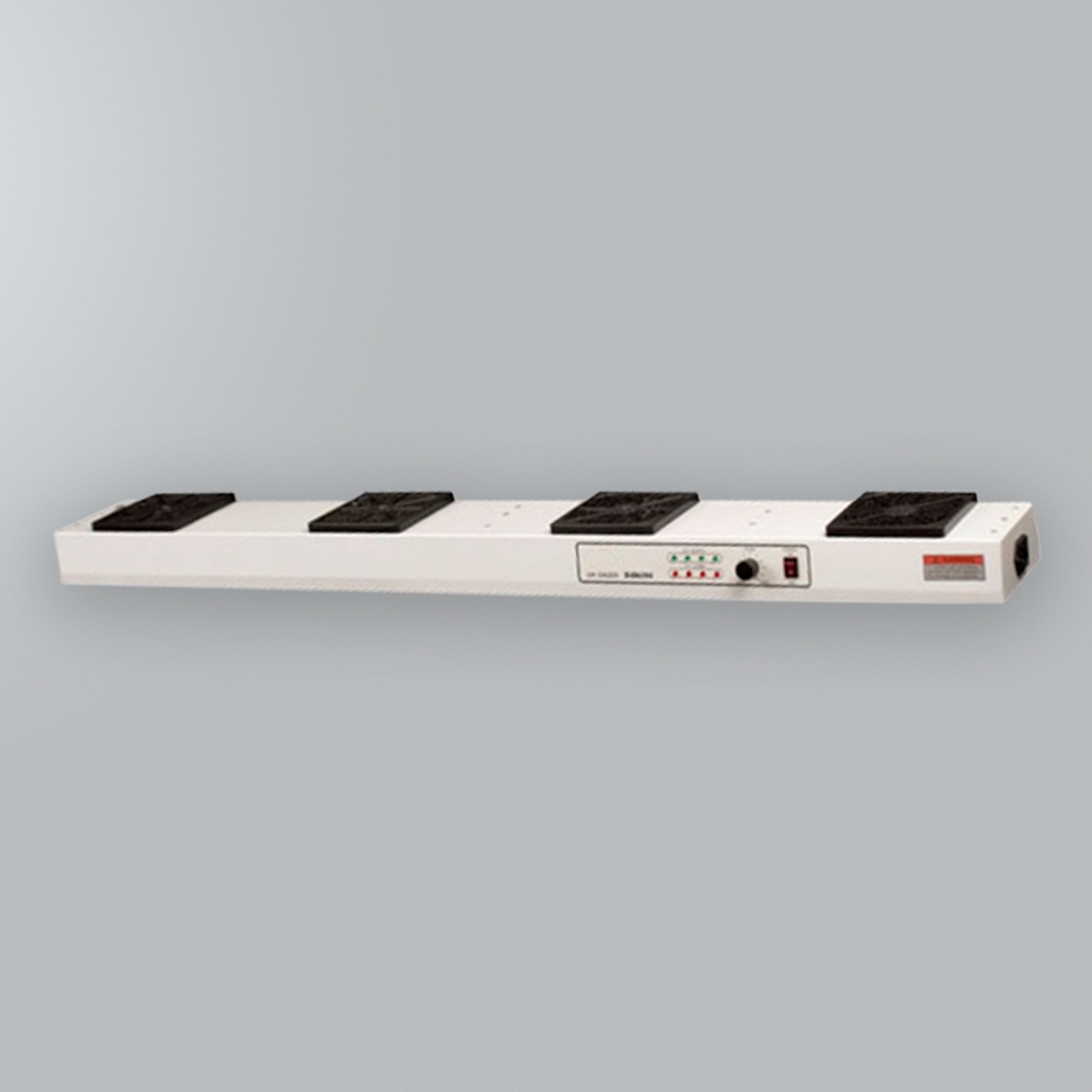
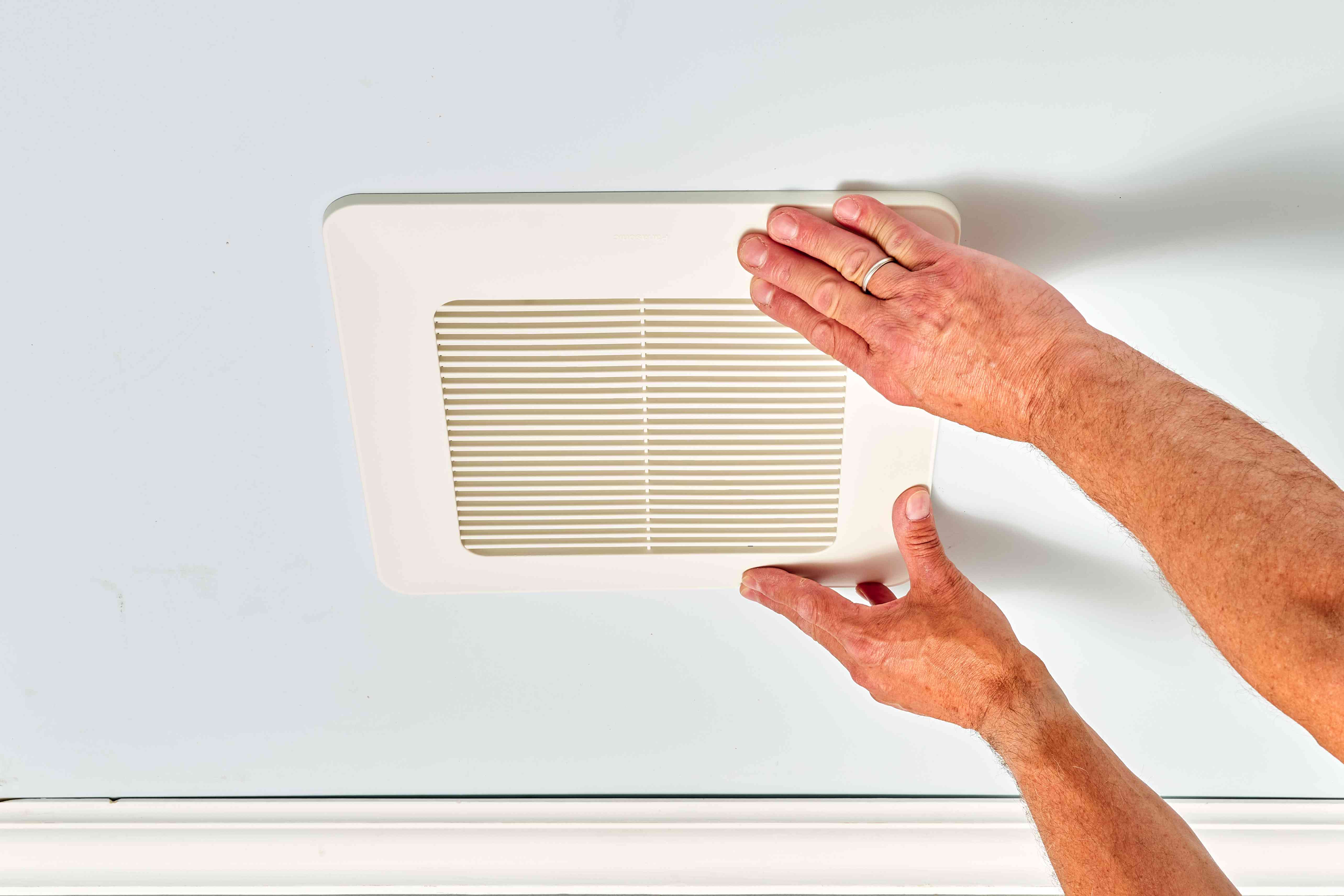

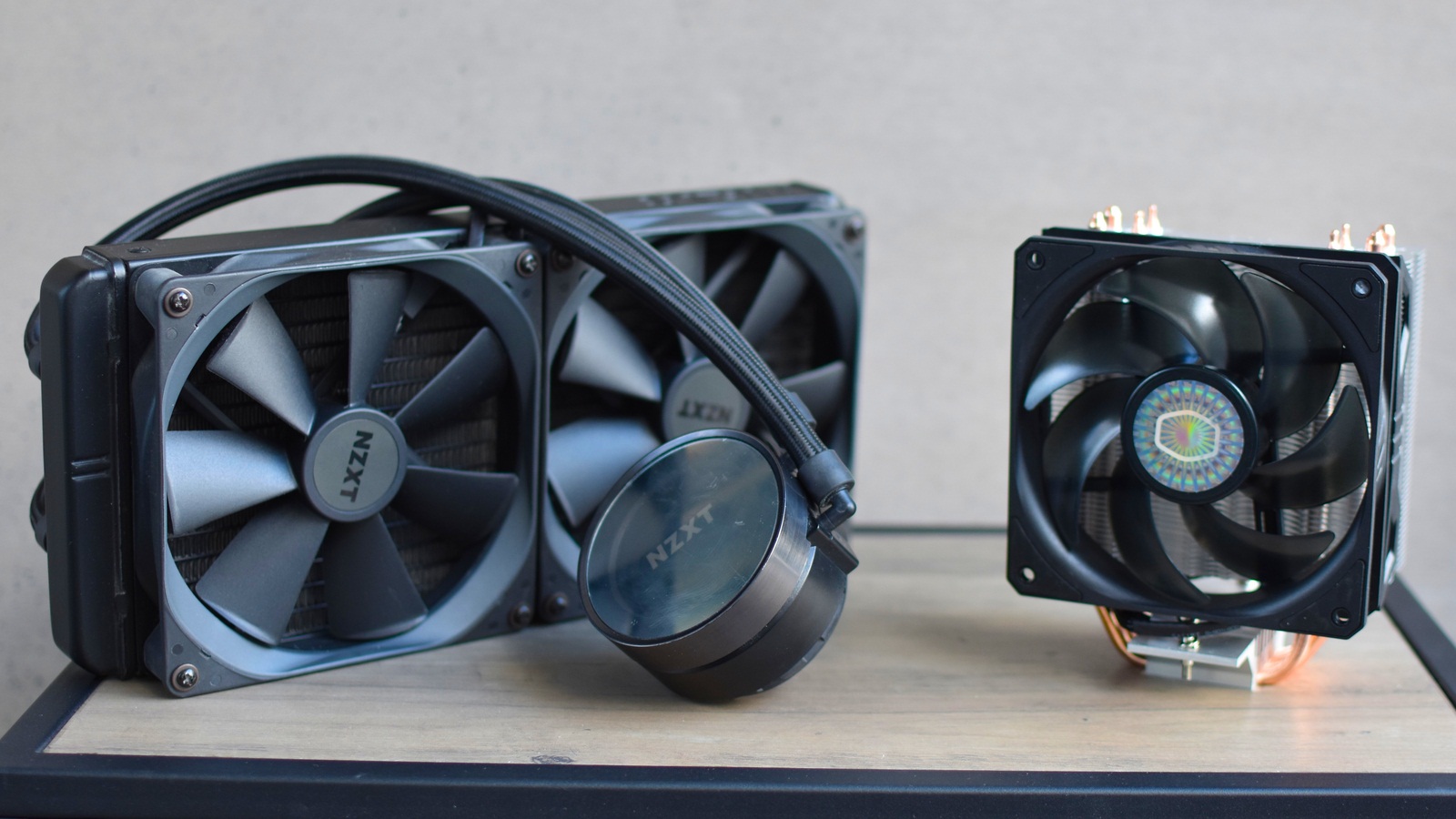

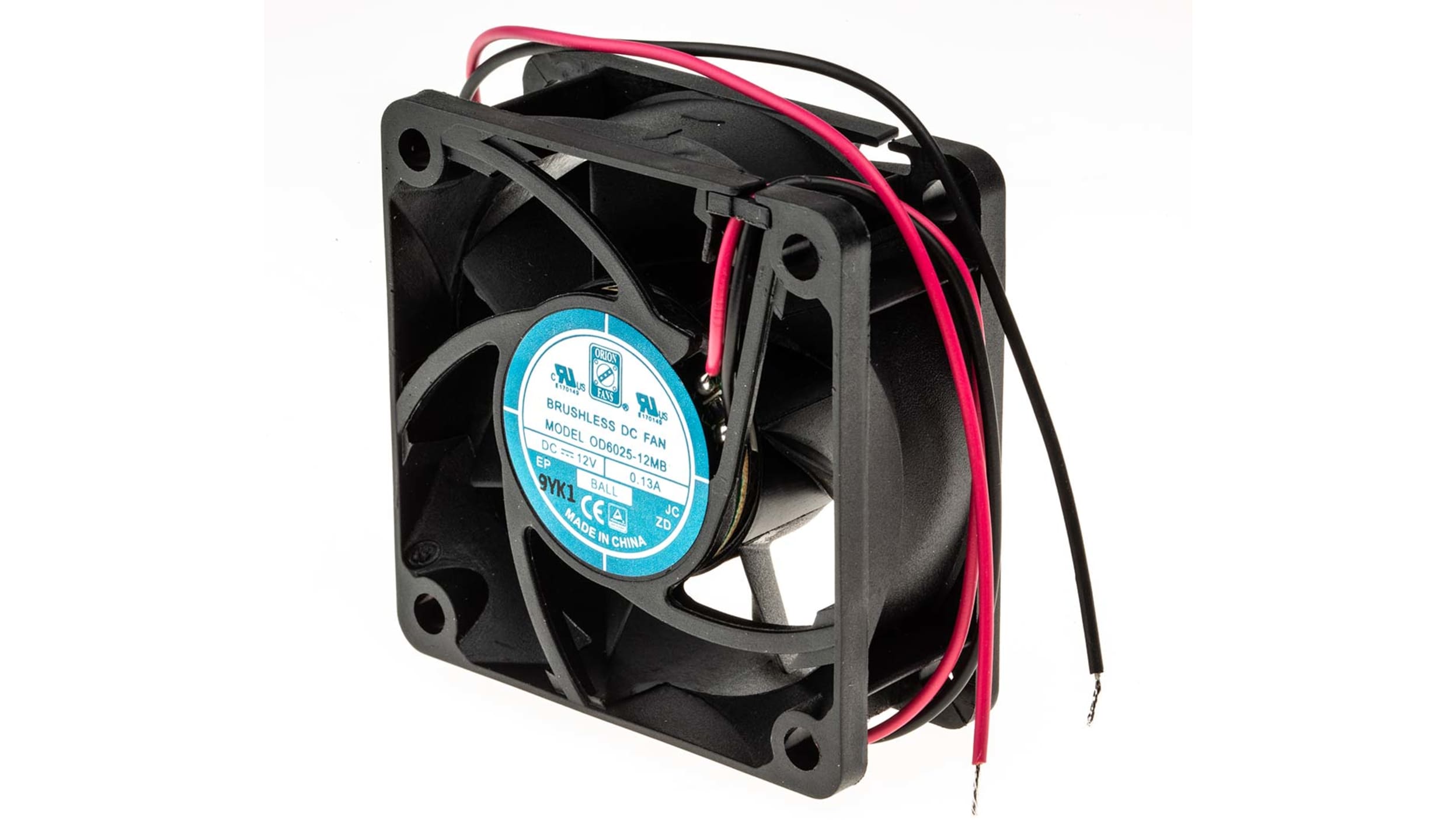
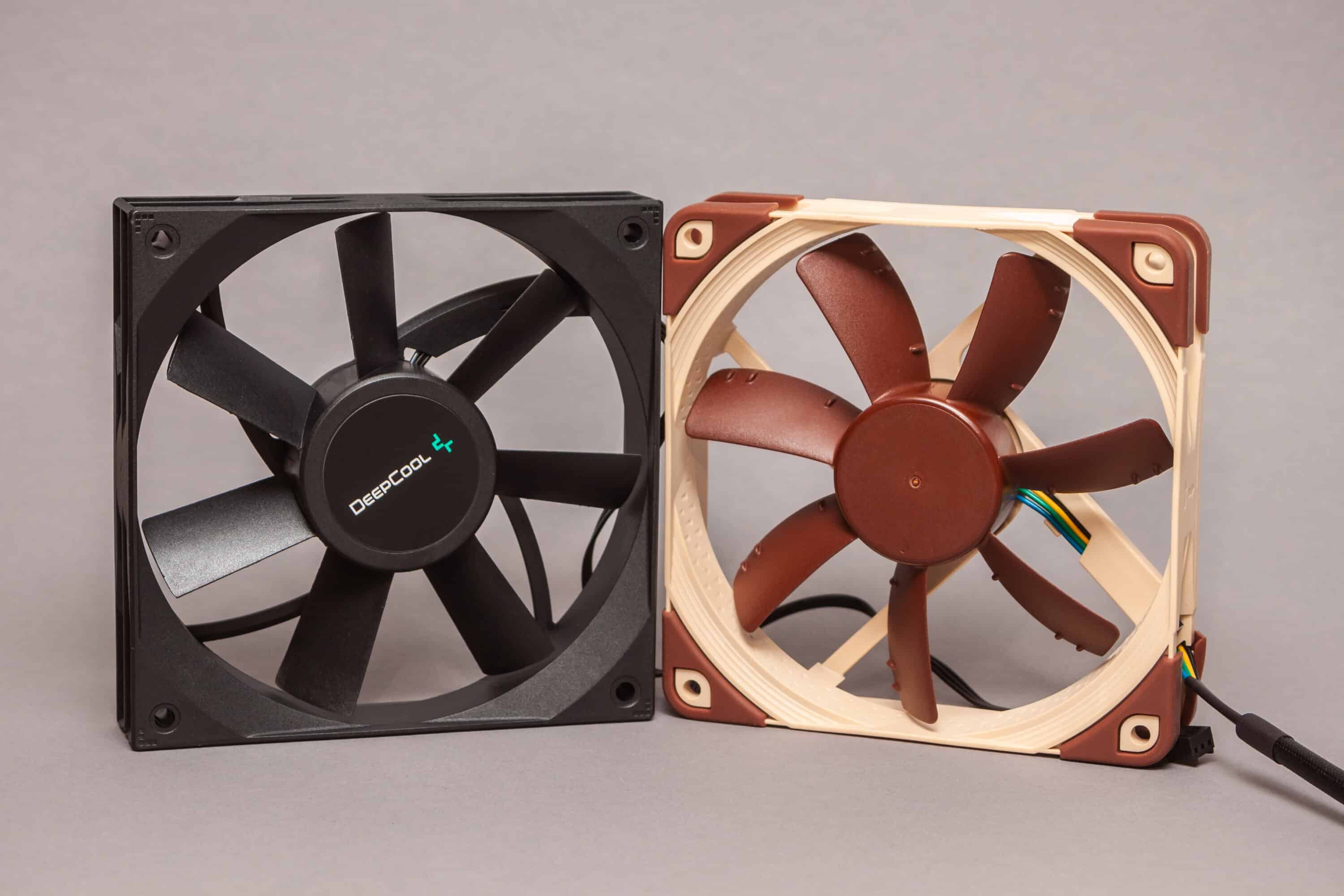


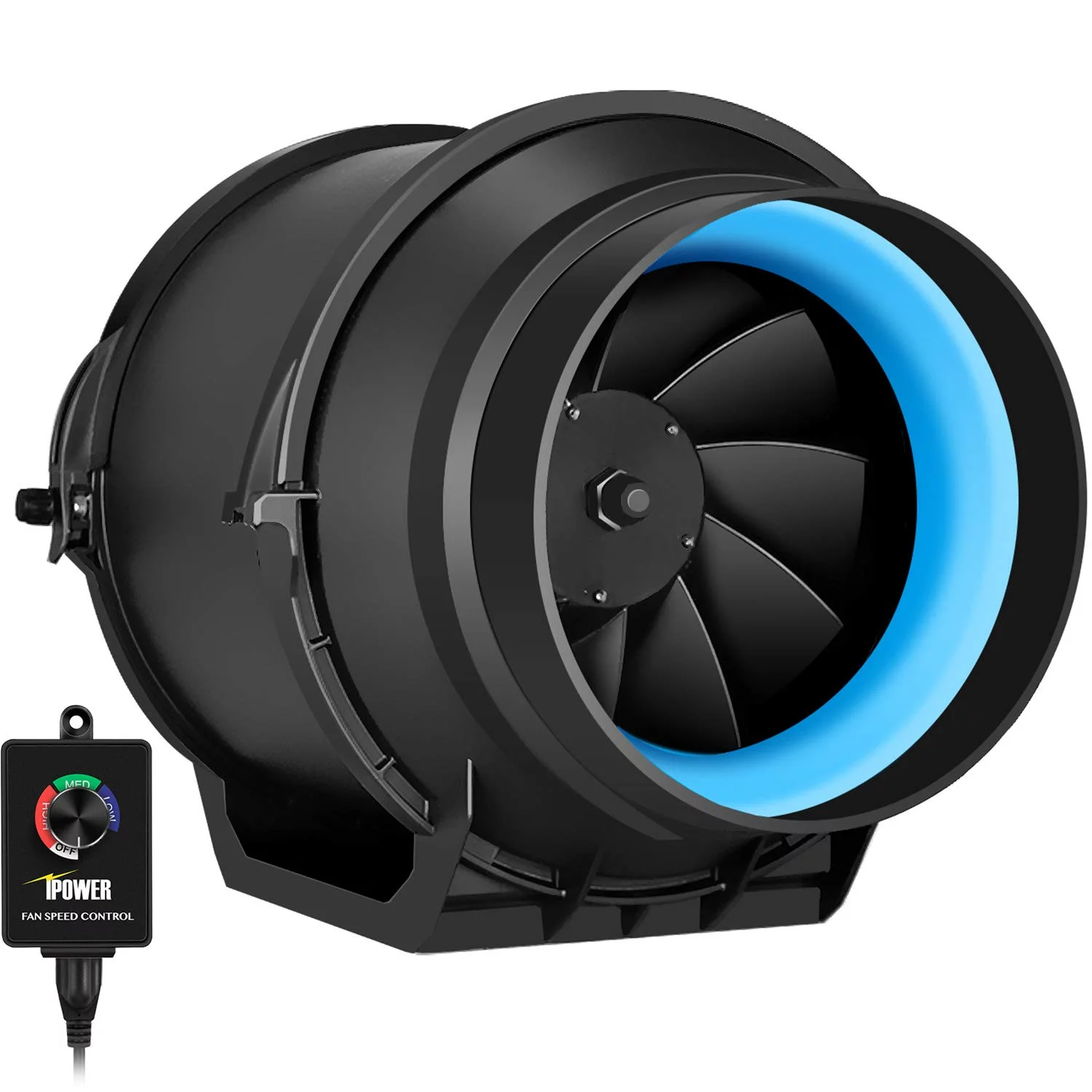





0 thoughts on “What Is Cha Fan”